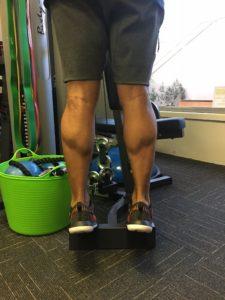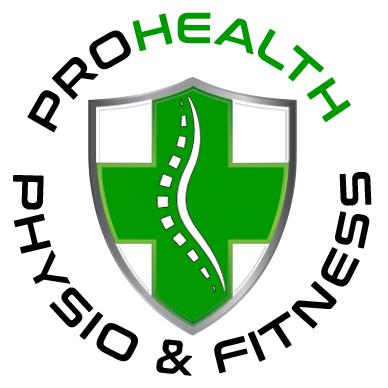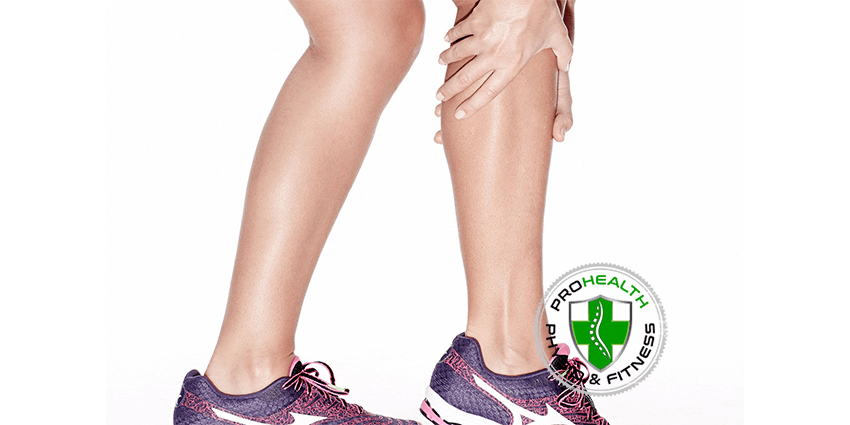Whether you’re in sports, fitness, a seasoned runner, or just getting back into fitness, shin splints can be a frustrating roadblock. At PROHEALTH PHYSIO & FITNESS (EP), we believe that understanding your body and how to support it is key to staying active and pain-free. Studies have shown that stronger calves can help reduce shin splints. Calf raises are a quick and simple exercise that can help strengthen your calves.
What Are Shin Splints?
Shin splints, or medial tibial stress syndrome, refer to pain along the inner edge of the shinbone (tibia). It’s often caused by repetitive stress on the bone and surrounding tissues, especially during high-impact activities like running, jumping, or sudden increases in training intensity.
Common symptoms include:
- Dull, aching pain in the lower leg
- Tenderness or soreness along the shin
- Pain that worsens with activity and eases with rest
Why Do Shin Splints Happen?
Several factors can contribute:
- Overtraining or sudden changes in workout intensity
- Poor footwear or worn-out runners
- Flat feet or high arches
- Weak lower leg muscles, especially calves
This is where calf raises come in.
Calf Raises: Your Secret Weapon
Calf raises are a simple yet powerful exercise that strengthens the gastrocnemius and soleus muscles—key players in shock absorption and ankle stability.
Benefits of calf raises for shin splint prevention and recovery:
- Improve muscular endurance in the lower leg
- Support proper biomechanics during walking and running
- Reduce strain on the tibia by distributing load more effectively
- Enhance ankle mobility and balance
How to Do Calf Raises Correctly
Here’s a basic version to get started:
Standing Calf Raise
- Stand tall with feet hip-width apart
- Slowly lift your heels off the ground, rising onto the balls of your feet
- Hold for 2–3 seconds at the top
- Lower slowly back down
- Repeat for 2–3 sets of 12–15 reps
Progressions
- Single-leg calf raises
- Weighted calf raises (holding dumbbells)
- Eccentric calf lowers (focus on slow descent)
- Running involves repetitive foot impact with the ground and can cause the leg muscles to tense. At times, this force challenges the strength of the tibia structure, highlighting the importance of stronger calves
When to Seek Help
If shin pain persists despite rest and strengthening, it’s time to consult a physiotherapist. At PROHEALTH PHYSIO & FITNESS (EP), we offer personalised assessments and rehabilitation plans to help you get back on track, whether you’re training for a marathon or simply want to walk pain-free.
Shin splints don’t have to derail your fitness goals. With smart training, proper footwear, and targeted exercises like calf raises, you can build resilience from the ground up.
Ready to take the next step? Book a consult with our physios, and let’s keep you moving so you can LIVE LIFE BETTER.
Calf raises work exceptionally well when used in conjunction with physiotherapy in-house treatments. For more information on how we can treat your shin splints, contact the PROHEALTH team.
Further Information
Research found that the stronger your calf muscles are, the less susceptible your shins are to experiencing shin splints. A 2007 study investigated 2 groups of runners: those with and those without shin splints. The study found individuals without shin splints could complete more consecutive single-leg calf raises (33 calf raises on average) than the group with shin splints (23 calf raises on average).


Source:
Reference: Madeley, L. T., Munteanu, S. E. & Bonanno, D. R. (2007). Endurance of the ankle joint plantar flexor muscles in athletes with medial tibial stress syndrome: a case-control study. Journal of Science and Medicine in Sport, 10, 356-362.
Reading Time: 10+ minutes

